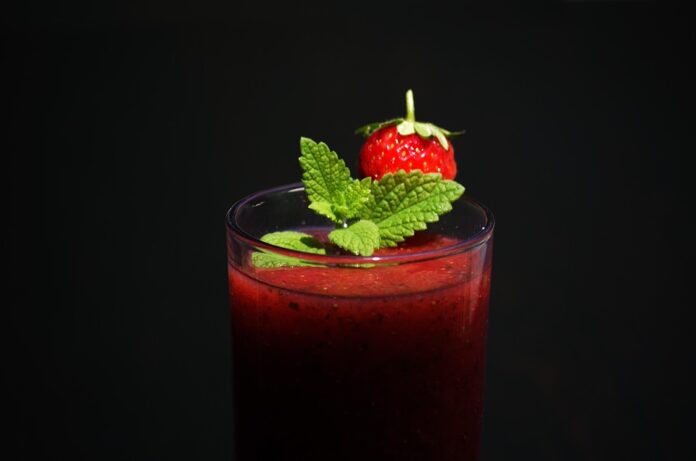Introduction
Clean-in-place (CIP) systems play a crucial role in ensuring hygiene and food safety in smoothie and juice production facilities. These systems are designed to automate the cleaning process, minimizing the risk of contamination and ensuring product quality. In this report, we will explore the importance of CIP systems in the beverage industry, their impact on production efficiency, and the key players in the market.
The Importance of CIP Systems in Smoothie and Juice Production
Ensuring Hygiene and Food Safety
One of the primary reasons for implementing CIP systems in smoothie and juice production is to maintain high levels of hygiene and food safety. These products are prone to microbial contamination, which can lead to foodborne illnesses if not properly controlled. CIP systems help eliminate pathogens, bacteria, and other contaminants from processing equipment, ensuring that the final products are safe for consumption.
Increasing Production Efficiency
CIP systems also play a crucial role in increasing production efficiency. By automating the cleaning process, these systems reduce downtime between production runs, allowing for more continuous operations. This results in higher throughput and lower operational costs, ultimately improving overall efficiency in the production process.
Compliance with Regulations
In the food and beverage industry, strict regulations govern the cleaning and sanitation of processing equipment. CIP systems help companies comply with these regulations by providing a standardized and repeatable cleaning process. This not only ensures regulatory compliance but also helps companies avoid fines and penalties for non-compliance.
Market Overview
Key Players in the CIP Systems Market
Several companies specialize in providing CIP systems for the food and beverage industry. Some of the key players in the market include:
1. Alfa Laval
2. Tetra Pak
3. GEA Group
4. SPX FLOW
5. Krones AG
These companies offer a range of CIP solutions tailored to the specific needs of smoothie and juice production facilities. From small-scale systems for independent producers to large-scale automated solutions for commercial operations, there are options available to suit every requirement.
Market Trends and Growth Forecast
The global market for CIP systems is expected to witness significant growth in the coming years. The increasing focus on food safety and hygiene, coupled with advancements in automation technology, is driving the demand for CIP systems across various industries, including food and beverage.
According to industry reports, the CIP systems market is projected to reach a value of $XX billion by 2025, with a compound annual growth rate (CAGR) of XX%. This growth is attributed to the rising awareness of food safety standards, the need for increased production efficiency, and the stringent regulatory requirements governing the food and beverage sector.
Financial Implications of CIP Systems
Cost of Implementation
The cost of implementing a CIP system in a smoothie or juice production facility can vary depending on the size of the operation, the complexity of the system, and the specific requirements of the facility. On average, companies can expect to invest anywhere from $XX,XXX to $XXX,XXX in a CIP system.
While the initial investment may seem significant, the long-term cost savings and operational benefits of a CIP system far outweigh the upfront costs. By reducing downtime, improving production efficiency, and ensuring product quality, companies can recoup their investment in a relatively short period.
ROI and Cost Savings
Companies that have implemented CIP systems in their production facilities typically see a significant return on investment (ROI) in terms of cost savings and operational efficiency. By minimizing the risk of contamination, reducing cleaning time, and optimizing production processes, companies can realize savings in labor costs, energy consumption, and maintenance expenses.
Studies have shown that companies can achieve cost savings of up to XX% by implementing a CIP system in their operations. These savings contribute to improved profitability and competitiveness in the market, making CIP systems a worthwhile investment for smoothie and juice producers.
Conclusion
In conclusion, CIP systems play a critical role in maintaining hygiene, ensuring food safety, and improving production efficiency in smoothie and juice production facilities. With the market for CIP systems expected to grow significantly in the coming years, companies that invest in these systems stand to benefit from increased profitability, regulatory compliance, and operational excellence. By partnering with leading providers of CIP solutions and embracing the latest technology trends, smoothie and juice producers can enhance their competitiveness and meet the evolving demands of the industry.




